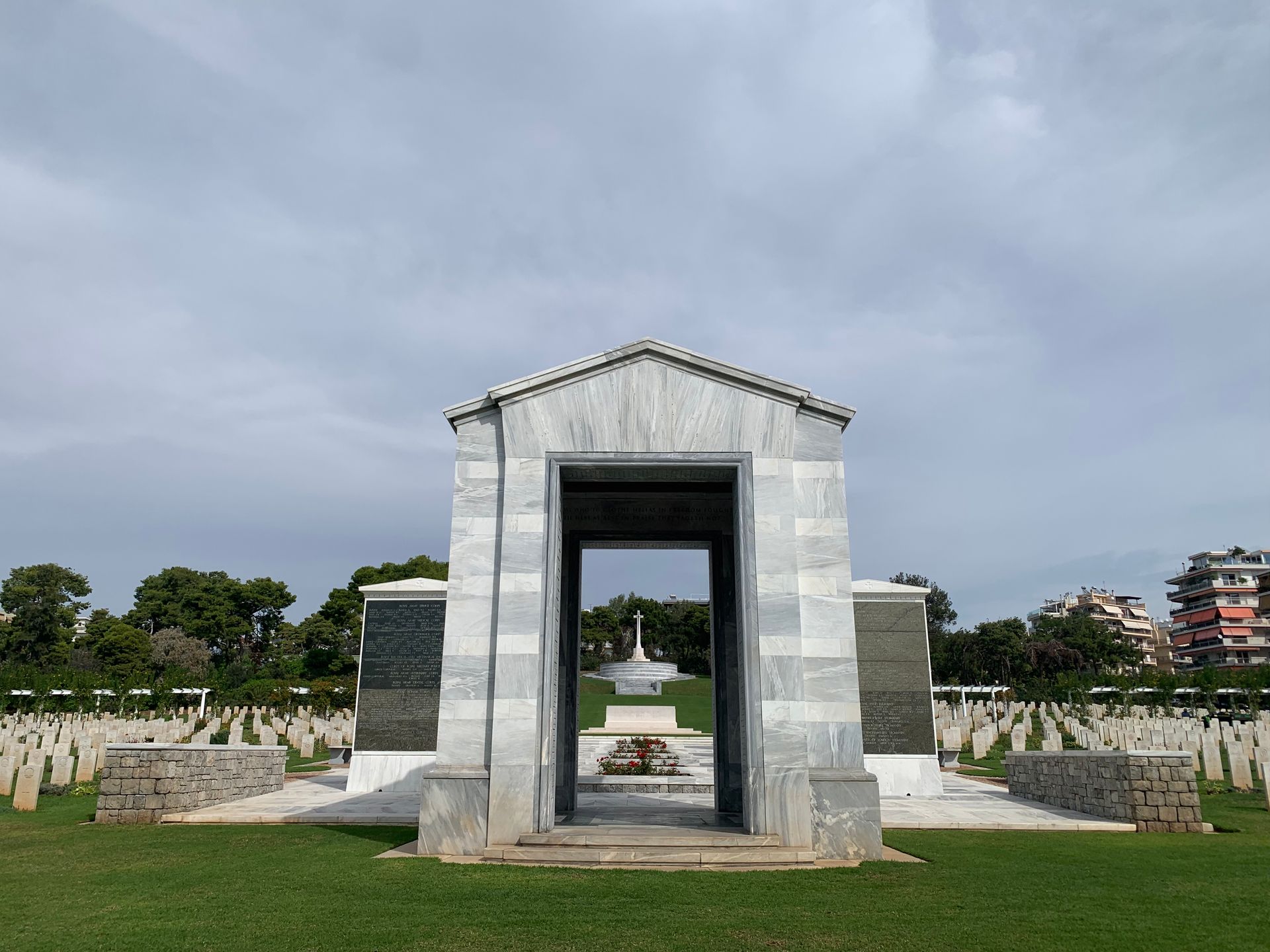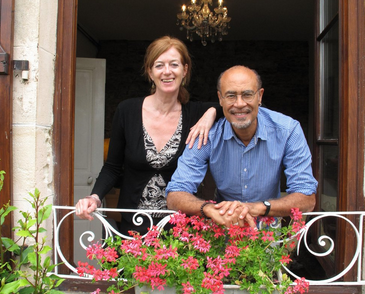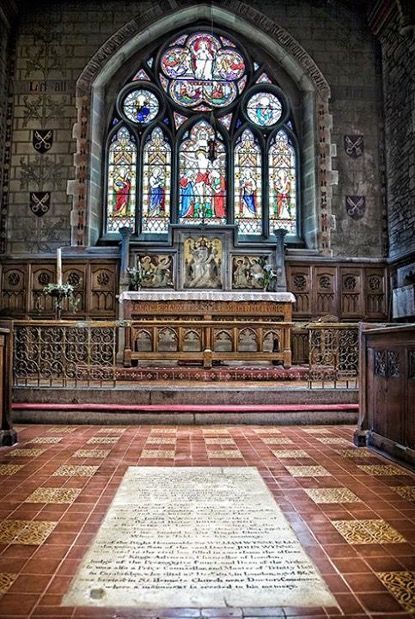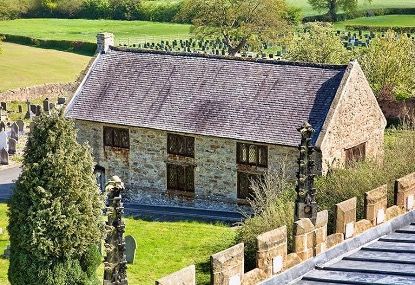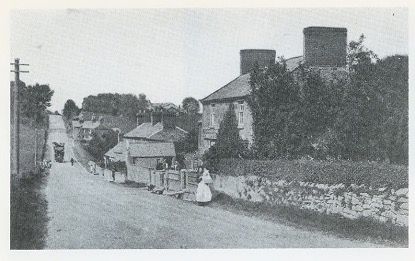Continued from previous blog...
There have been doubts regarding the existence of St. Winefride, as written accounts about her didn't emerge until long after the supposed time of her life in the 7th century. However, historical evidence from the 8th century has recently surfaced, revealing the presence of her reliquary - a structure containing some of her remains. This discovery confirms that she was revered as a saint soon after her death and that a church dedicated to her memory was established, housing these sacred relics - the shrine at Holywell we talked about yesterday.
Her tale is a sorrowful one. She is described in history as a devout Christian, guided and educated by her uncle, Beuno, who took care of her as if she were his own daughter. Eventually, she made the decision to dedicate her life as a nun.
The earliest written records recounting the life of Saint Winefride date back to the 12th century. She is believed to have been the daughter and only child of Tyfid ap Eiludd, a Welsh nobleman who led a community residing in what is now the border region between England and Wales, specifically Flintshire. Her mother, Wenlo, was the sister of St. Beuno and also belonged to an influential Welsh family.
Unfortunately for Winefride, she encountered Prince Caradoc who was out riding. He had one motive, to approach her under the pretence of asking for water but his true intention was to force her to marry him. Winefride was herself of nobility and Prince Caradoc wanted to forge alliances with other noble families in the vicinity to enhance his power and authority. (What's changed in society!!)
According to legend, he approached her, demanding that she submit to him. Despite her refusal, he disregarded her words. Winefride desperately tried to escape to the sanctuary of the nearbychurch, but Caradoc pursued her on horseback and effortlessly captured her. Despite Prince Caradoc's threats of death, Winefride fiercely resisted his advances. She remained resolute in her decision, unwavering and uncompromising. Although she must have been terrified by the impending attack, Winefride proclaimed that she would rather choose death than surrender. Caradoc, feeling rejected, swiftly beheaded Winefride with his sword. It is said that where her head fell, a spring of water gushed forth from the earth - the very spring that still nourishes the sacred shrine in Holywell.
It is said that the first on the scene was St. Beuno. He cursed Caradoc, who met an immediate demise and was swallowed up by the earth. Witnessing this horrifying event, Beuno called upon the gathering crowd to join him in prayer. As their prayers echoed, Beuno miraculously placed Winefride's severed head back onto her body, at the very spot it had been severed, where the spring of water now freely flowed. The tale tells of the wondrous revival of Winefride, giving birth to the legend of the miraculous healing powers of St. Winefride's Well. The only visible mark of the incident was a redness, resembling a crimson silk thread, serving as a poignant reminder of her martyrdom.
In more recent times, as I previously mentioned, this sacred site has come to be known as the Lourdes of Wales.
Whether or not you choose to believe in the extraordinary nature of this place, one thing is undeniable: throughout the years, countless individuals, including notable figures, have journeyed here and professed to have experienced remarkable healing.
#StWinefride #StWinefridesWell #Lourdes #LourdesofWales #amwriting #readerscommunity #legend



